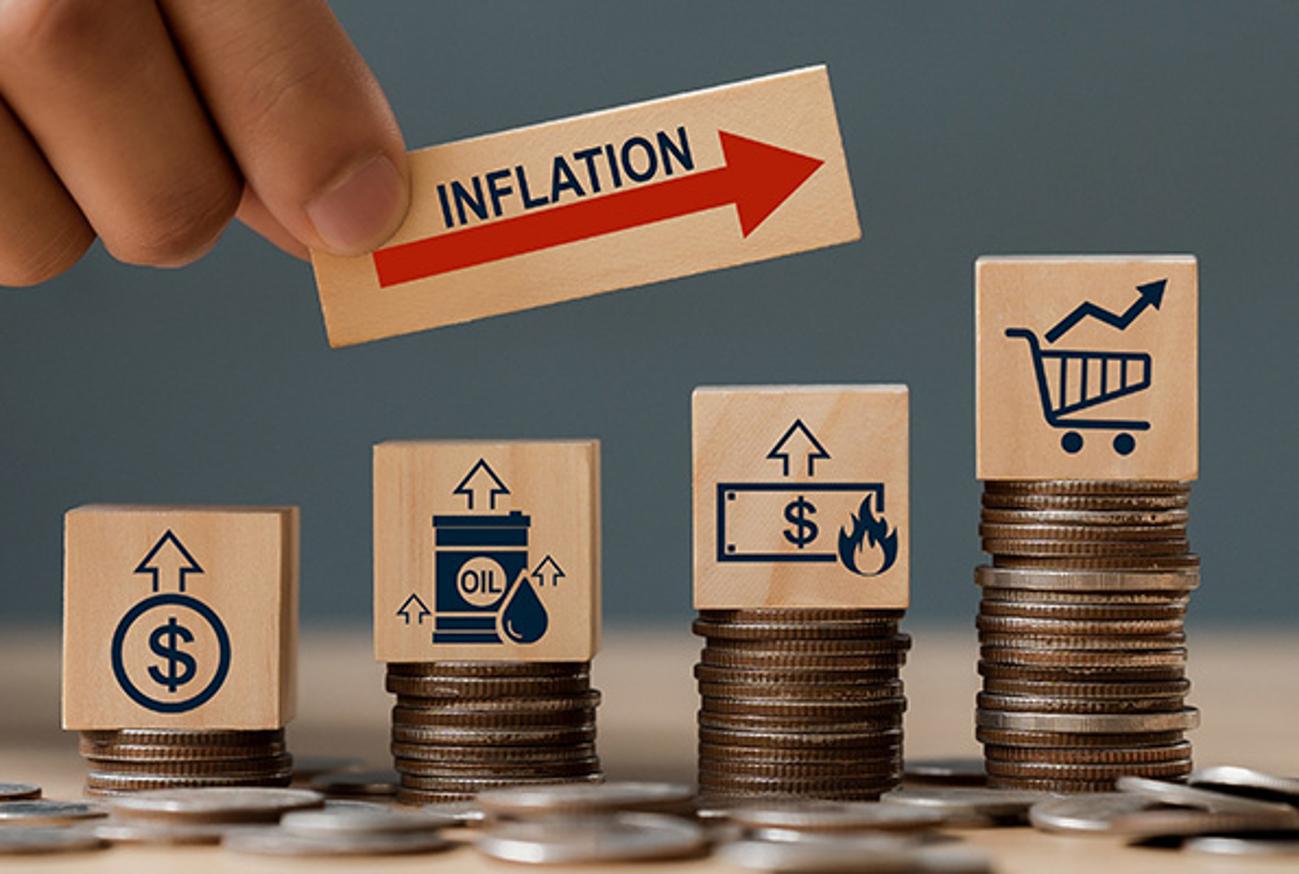Americans Have Just Weeks Left Until New Social Security Rule Goes into Effect
A new change will happen for Social Security applications at the end of the month.
More than 70 million people benefit from Social Security payments every year, with some qualifying even further for Supplemental Security Income (SSI) if they are disabled or are senior Americans. One of the requirements for receiving this benefit will change slightly at the end of this month.
Current Supplemental Security Income Requirements
Right now, for a person to qualify for the Supplemental Security Income (SSI) benefit, they need to either be a disabled American or a senior who makes less than $1,971 in income per month.

Source: Christopher Furlong/Getty Images
The benefits are needed by people who can’t make ends meet on their income and need assistance to pay their rent, bills, or buy food.
The Changes
Beginning at the end of the month, food benefits will no longer be eligible income for SSI.

Source: Depositphotos
Programs like the Supplemental Nutrition Assistance Program (SNAP), that helps individuals bbuy healthy groceries, will no longer stop individuals from getting Social Security Payments.
The Government Gives a Justification for the Changes
Alex Beene, a financial literacy instructor at the University of Tennessee at Martin shared his thoughts with Newsweek. He thinks that the changes mean good news for struggling Americans.

Source: Reddit
“The decision to not count food benefits towards eligibility will expand not just the amount of those who can receive SSI, but also potentially add support to those who already do.”
Food Counted as Income in the Past
Currently, food stamps and other food-related programs count toward a person’s income and could potentially prevent them from receiving SSI benefits.

Source: iStock
“For years, food has counted as unearned income, which reduces the amount of support recipients receive from SSI. Eliminating it as pertaining to eligibility will help give additional funding to some individuals who have seen their benefits lowered in the past because of it,” Beene continued.
Current Rules
Right now, food and housing benefits both count towards unearned income, which lowers the total amount received by benefits. However, many think this system punishes them for using multiple types of benefits at once.

Source: katemangostar, Freepik
When the new rule begins in October, it will open doors for Americans to benefit more each month.
Current Payments
The average payment for a person receiving SSI is roughly $943 per month.

Source: Karolina Grabowska/Pexels
With the new rules, the numbers could go up. Many Americans are still facing massive amounts of inflation. The boost in benefits could change their lives for the better.
Inflation Is Still Up
Although inflation has leveled off to around 2.9 percent as of July, costs are still up across the board in the United States.

Source: Adobe Stock
Compared to pre-pandemic levels, groceries are still up by as much as 26 percent, forcing regular Americans to cut costs and even meals just to get by.
The Economy
“In our current economy of inflated prices, that extra amount could go away,” Beene said. “It’s a huge win for SSI recipients both present and future.”

Source: BBC Creative
The government is finally catching up to the fact that Americans are struggling in a post-pandemic world where everything from gas and food to housing and childcare cost more and more every year while wages remain the same.
Payments in the Next Year
Social Security benefits were increased by around 3.2% this year to reflect issues with inflation and the cost-of-living adjustment (COLA).

Source: Rochard Sagredo/Unsplash
Although the payments have been moving in the right trajectory, experts warn that seniors and those living with disabilities shouldn’t expect the payments to keep rising.
COLA Prediction
The American Association of Retired Persons (AARP) say that next year’s COLA will only be between 2.75 percent and 3.25 percent for inflation.

Source: Robert Daemmrich Photography/Getty Images
Usually, the payments rise along with inflation to account for the changes in living.
Big Changes
Jonathan Price, national retirement practice leader at the employee benefits consulting firm Segal said, “Whether the annual COLA is appropriate for a specific retiree to ensure equal purchasing power as the prior year is highly specific to the life situation of the individual retiree, both in terms of expenses and other sources of income.”

Source: Freepik
Before the lowered COLA payments were predicted, analysts shared concerns that the COLA doesn’t actually reflect the rising costs for seniors like housing, food, and medical care.
